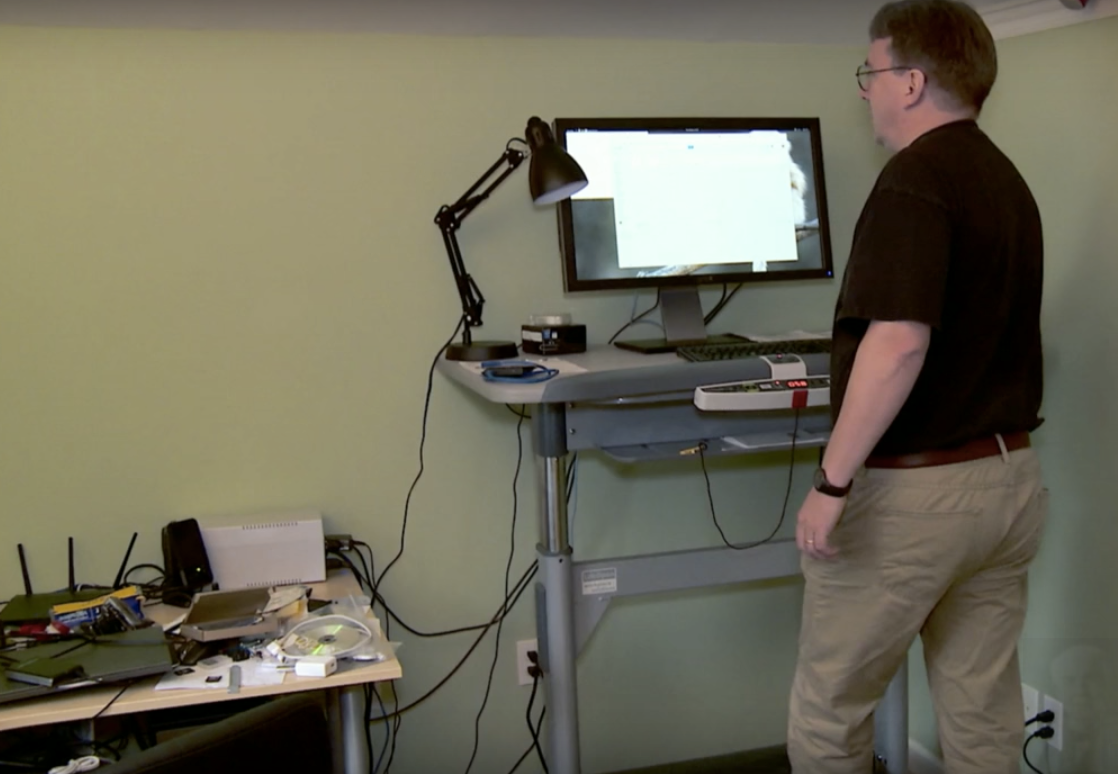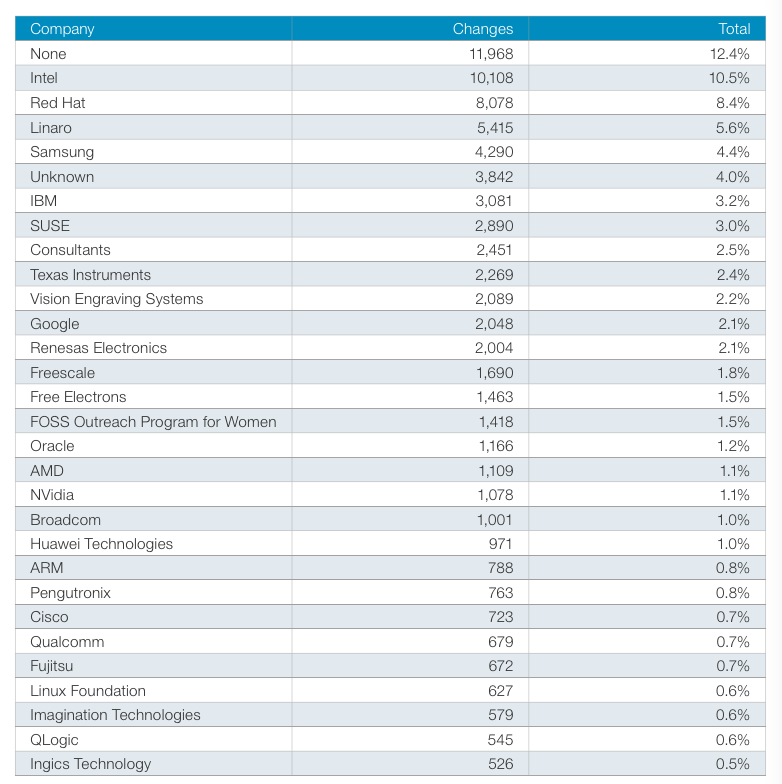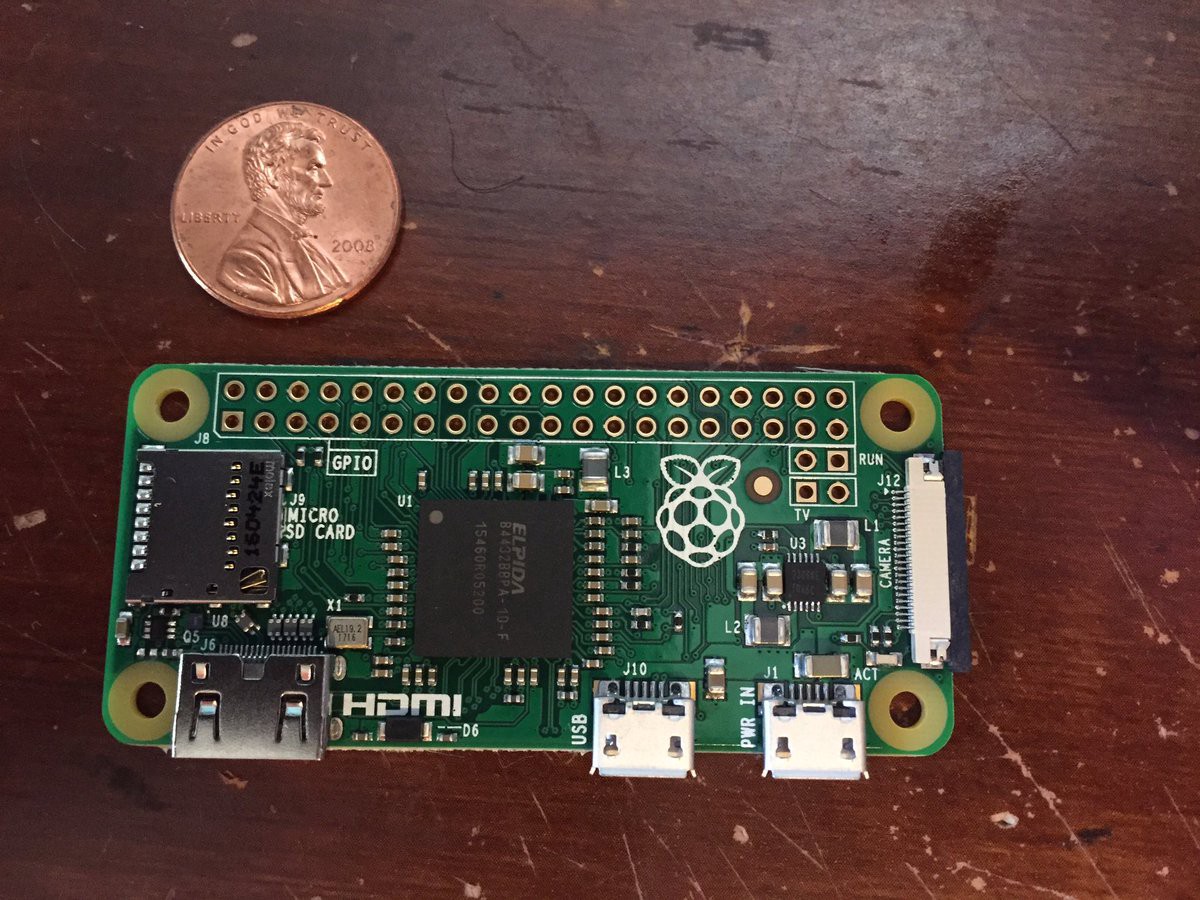
25 years ago, a student in Finland shared a project on a mailing list:
De: torvalds@klaava.Helsinki.FI (Linus Benedict Torvalds)
newsgroups: comp.os.minix
Subject: What would you like to have in minix?
Summary : small survey on my new operating system
Message-ID: <1991Aug25.205708.9541@klaava.Helsinki.FI>
Date:: 25 Aug 91 20:57:08 GMT
Organization: University of Helsinki
Hello everyone who uses minix -
I make an operating system (free - it's just a hobby, it won't grow and look professional like GNU) for 386(486) AT clone processors. It's been going since April and it's starting to look like something. I would like to have feedback on what people like/dislike in minix because my OS looks like it (same presentation of the file manager – for practical reasons – among others).
I've ported bash(1.08) and gcc(1.40), and it seems to work. Which means that I will have something usable within a few months and I wanted to know which features are the most requested. All suggestions are welcome – but I don't promise to develop them all 🙂
Linus (torv…@kruuna.helsinki.fi)
PS. No, there is no minix code and the file manager is multithreaded. It's not portable (uses 386 task switching etc…) and probably won't support anything other than AT hard drives, since that's all I have 🙁
« just a hobby he said.
« it won't grow and look professional like GNU he said.
This kid never imagined that his operating system would change software forever!
Today, Linux is the dominant OS for servers. It is also the basis of Android which is the dominant OS on phones. And it's 100% free and open source.
Here are 25 amazing facts to put 25 years of Linux into perspective.
Fact #1: There are 115 million lines of code in the Linux Foundation collaborative projects. For comparison, Windows XP is 45 million lines of code.
Fact #2: The Linux kernel is by far the most active open source project on earth. It accepts an average of 185 patches per day.
Fact #3: Building Linux took the equivalent of 41,000 man-years – the equivalent of $5 billion in developer salaries.
Fact #4: The Linux Foundation pays Linus $10 million a year to continue working on Linux. His net worth is $150 million.
Fact #5: Despite the sums of money involved and all the systems that depend on Linux – Linus works from home, alone with his cat. Here is a picture of him at his desk

Fact #6: When Linus was working for the Finnish army on ballistic calculations, he bought Andrew Tanenbaum's book: " Operating Systems: Design and Implementation ". This book described Minix, a simplified version of Unix for education and it opened his eyes to the Uniw philosophy.
Operating Systems Design and Implementation (3rd Edition)
The book that inspired Linus to create Linux
Fact #7: Although Torvalds wrote 100% of the first Linux release, his original contribution now represents less than 1% of the total codebase. Today, integrating the contributions of others occupies him full time, which means that he no longer really programs.
I don't have a 5 year plan. I don't plan on the comet. I have no problem with all the people who pass looking at the stars and say "this is where I want to go". But me, I look at the ground in front of my feet and I want to fill this hole which is right in front of me, before I fall into it. Linus Torvalds
Fact #8: Other legendary programmers like Bill Gates or Mark Zuckerberg left university to pursue their projects full time. Not only did Linus continue college after Linux's initial success, he even stayed on to do a master's degree in computer science.
Fact #9: Although Linus created Git, it does not accept a pull request through GitHub. Linus is however present on GitHub and has more 35,000 stars.
Fact #10: The Linux mascot is a penguin named “Tux”:

Fact #11: Programmers from many companies contribute to Linux. Here they are, sorted by contribution:

This table comes from this excellent article on Linux Contributors.
Fact #12: 97% of supercomputers in the world run on Linux — this includes clusters used by NASA.
Fact #13: SpaceX uses a version of Linux optimized for error tolerance in each of its Merlin rocket engines. With that, Linux participated in the success of 32 space missions.
Fact #14: In 2009, the Munich government in Germany switched from Windows to Linux. They are said to have saved over 10 million Euros in licensing costs. But the change cost them that much if not more in productivity losses.
Fact #15: The $5 Raspberry Pi computer runs on Linux.

Fact #16: Is Linux the king of the world? Titanic was the first major movie produced on Linux servers.
Fact #17: Although Gabe Newell, video game developer and co-founder of Valve has publicly said that Linux is the future of gaming, the Linux-based Steam game console was a flop. Linux's market share has reduced a bit since 2010.
Fact #18: Dronecode is Linux for Drones. About 1,000 companies are developing drone-based services that run on this OS.
Fact #19: Toyota and Jaguar plan to equip their cars with a Automotive version of Linux.
Fact #20: There are several distributions or “distros” of Linux. Most distros are built on top of other distros. The most popular distro is Ubuntu, which is built on Debian. Here is the Linux family tree:

Fact #21: Red Hat is the company that makes a professional, enterprise-oriented version of Linux. It's the largest company built around an open source product and is on its way to reaching 5 billion revenue This year.
Fact #22: Linux does not necessarily come with a graphical interface (GUI). Multiple developers interact through a command line interface - usually Bash. You can choose from a wide variety of shells like Xfce or KDE. When you hear "Xubuntu", it means Ubuntu with Xfce. Guess what "Kubuntu" means?
Answer: Ǝpʞ ɥʇᴉʍ nʇunq∩
Fact #23: Linux uses the GNU – General Public License
“Most software is licensed to take away your freedom to share and modify it. On the contrary, the GNU – General Public License is designed to guarantee you the freedom to modify free software, to ensure that the software is free for all users” preamble of the GNU GPL license.
Fact #24: Linux is based on a "Unix-like" design, in which the Linux kernel oversees the file system, networking, and process controls. The rest is managed by modules, most of which come from GNU projects.
Fact #25: Even Microsoft Windows, the biggest competing OS is incorporating Linux. he recently joined UbuntuBash in Windows 10.
Bonus: Linuw is inspired by Richard Stallman's GNU project, the free software movement and the hacker ethic. You can learn more – including about the history of major projects such as the history of the Apple 1 – in Steven Levy's Hacker classic: “Hackers: Heroes of the Computer Revolution: 25th Anniversary Edition”
Here you will find an interview with Linus where he talks about Linux and Git and how he created them to solve his own problems.
May Open Source software continue to create a world with fewer bugs!
Original article de Quincy Larson
Translated by JS Staff
[separator type=”” size=”” icon=”star”] [actionbox color=”default” title=”” description=”JS-REPUBLIC is a service company specializing in JavaScript development. We are an approved training center. Find all our technical training on our partner site dedicated to Training” btn_label=”Our training” btn_link=”http://training.ux-republic.com” btn_color=”primary” btn_size=”big” btn_icon=”star” btn_external =”1″]
